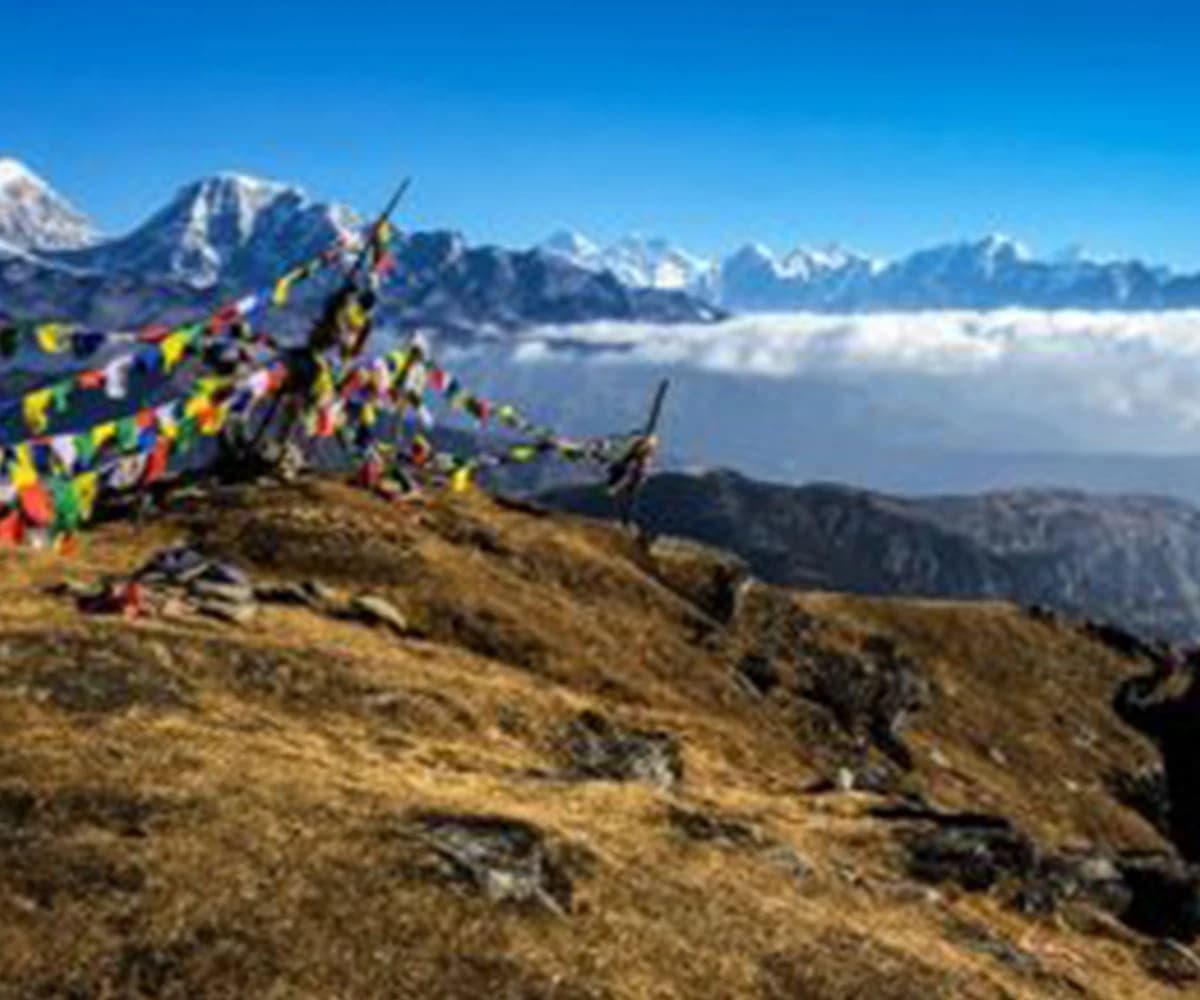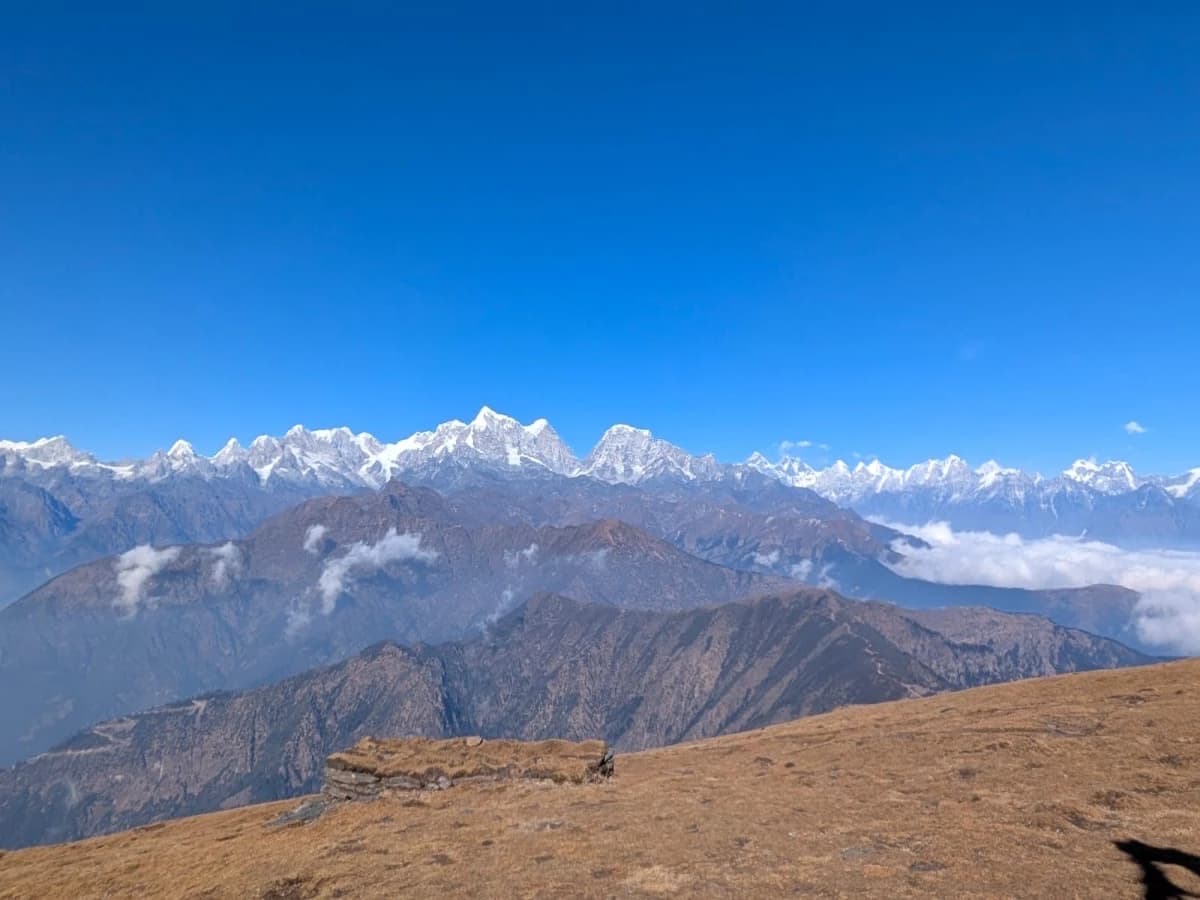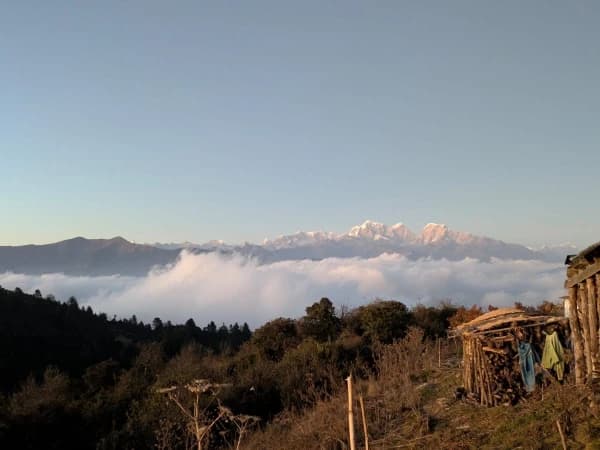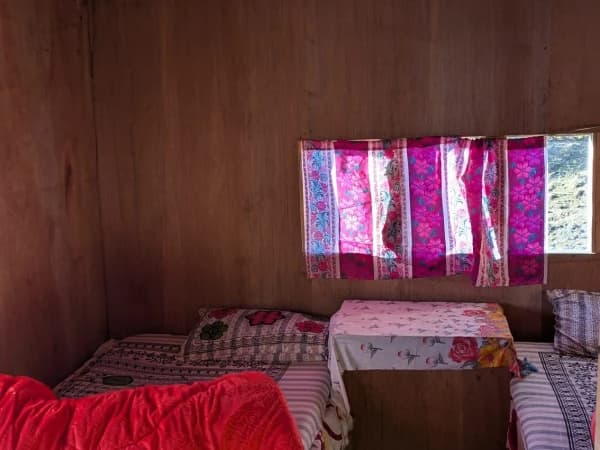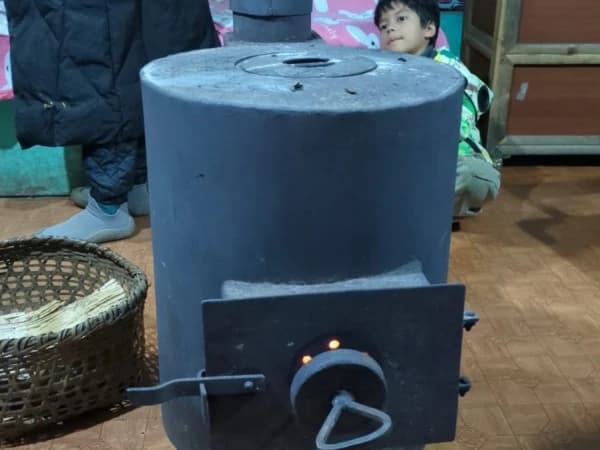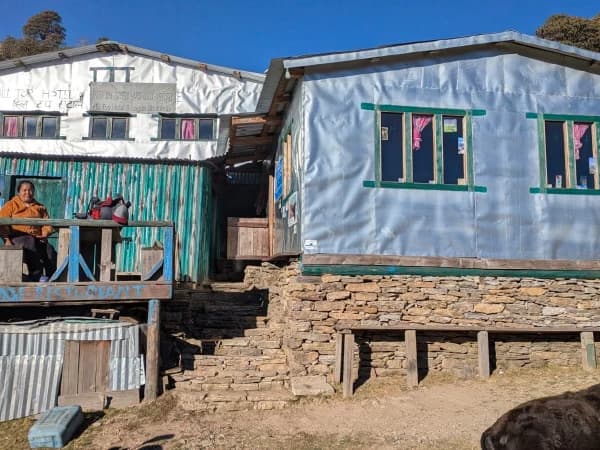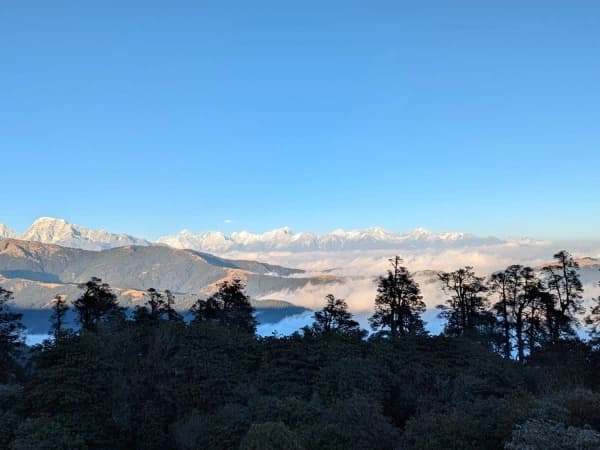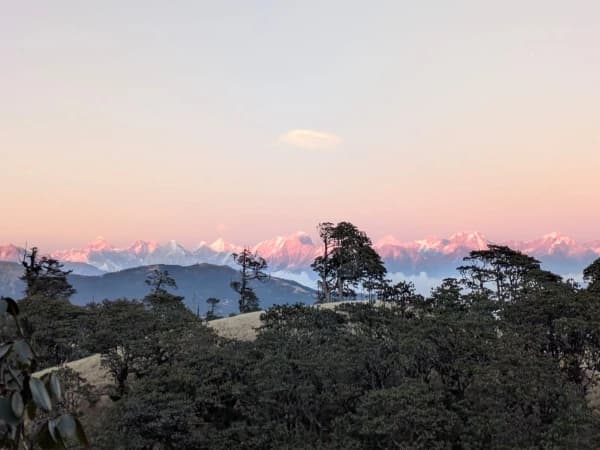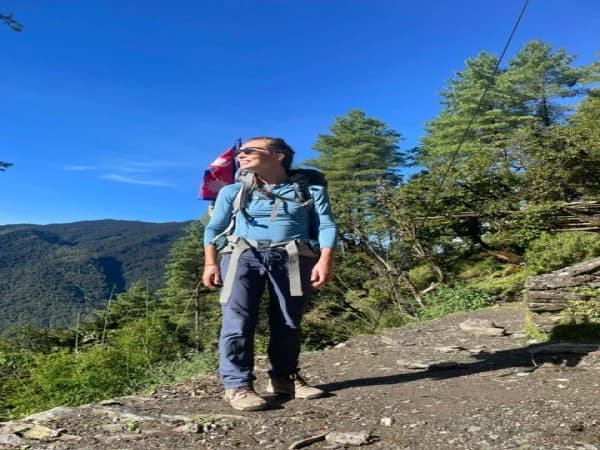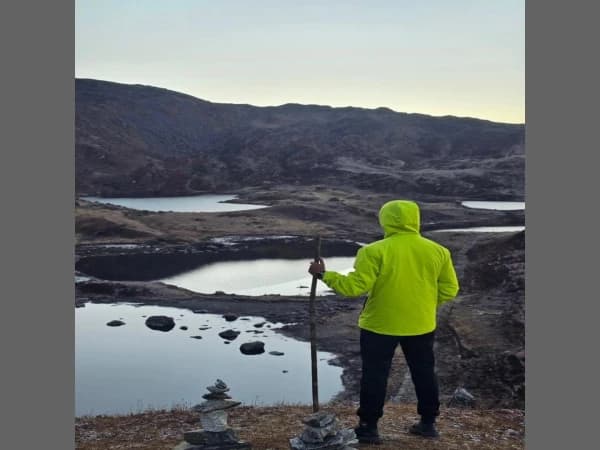The Pikey Peak Trek is a wonderful journey through the lower Khumbu region of Nepal, offering stunning views of the Himalayas, unique cultural experiences, and a chance to explore remote villages.
Pikey Peak is located in the Solukhumbu district of Nepal, which is famous for being the home of Mt. Everest. It lies in the Lower Everest region, southeast of Kathmandu, and is a less crowded alternative to the more popular Everest Base Camp Trek. The duration of the Pikey Peak Trek can vary depending on the starting point and itinerary chosen by trekkers. Generally, it takes around 5 to 9 days to complete the trek.
The trek offers breathtaking panoramic views of some of the world's highest peaks, including Mount Everest, Makalu, Kanchenjunga, Lhotse, and many others. The sunrise and sunset views from Pikey Peak (4,065 meters) are particularly stunning, offering a unique perspective of the Himalayan range. Throughout the trek, trekkers have the opportunity to immerse themselves in the local Sherpa culture. The trail passes through picturesque Sherpa villages, where trekkers can interact with the friendly locals, visit monasteries, and learn about their traditional way of life.
The trek takes you through diverse landscapes, including lush forests, alpine meadows, and rhododendron-filled hillsides. The natural beauty of the region is truly captivating, with stunning vistas at every turn.
Unlike some of the more popular treks in the region, the Pikey Peak Trek takes you through remote and off-the-beaten-path villages. This provides a more authentic and less commercialized experience, allowing trekkers to witness rural life in Nepal up close. The area surrounding Pikey Peak is home to a variety of wildlife, including musk deer, Himalayan thar, and various bird species. Birdwatchers will especially enjoy the opportunity to spot rare Himalayan birds such as the monal pheasant and the Himalayan griffon.
The Pikey Peak Trek is considered to be a moderate trek, suitable for trekkers with a reasonable level of fitness. While the trail is not overly technical, it does involve some steep ascents and descents, as well as high altitude sections. Proper acclimatization and preparation are essential to ensure a safe and enjoyable trek.
The best time to trek to Pikey Peak is during the spring (March to May) and autumn (September to November) seasons when the weather is generally clear, and the skies are crisp. During these months, the views are spectacular, and the trails are at their most scenic. Trekkers will need to obtain the necessary permits to trek in the Solukhumbu region. This typically includes the Sagarmatha National Park Entry Permit and the Trekkers' Information Management System (TIMS) card.
Overall, the Pikey Peak Trek offers a perfect blend of natural beauty, cultural immersion, and adventure, making it an excellent choice for trekkers looking for a unique Himalayan experience.
Highlights
- Offers one of the best views of Everest.
- Includes views of Kanchenjunga, Makalu, Lhotse, and more.
- Pikey Peak is renowned for its spectacular sunrise and sunset views over the Himalayas.
- Experience the rich Sherpa culture and traditions.
- Visit ancient monasteries, including Thupten Choling Monastery.
- Explore traditional Sherpa villages like Junbesi and Ringmo.
- Fewer trekkers compared to the more popular Everest Base Camp route.
- Enjoy untouched natural beauty and tranquility.
- Walk through lush forests of rhododendron, pine, and oak.
- Spot various bird species and possibly some wildlife.
- Ideal for trekkers with limited time (typically 7-9 days).
- Suitable for most trekkers with average fitness levels.
- Can be reached by a short drive from Kathmandu, avoiding the need for a flight.
- If timed right, experience local festivals that offer insight into the local traditions and rituals.
- Walk through terraced fields and scenic landscapes.
- Continual panoramic views of the Himalayan range throughout the trek.

